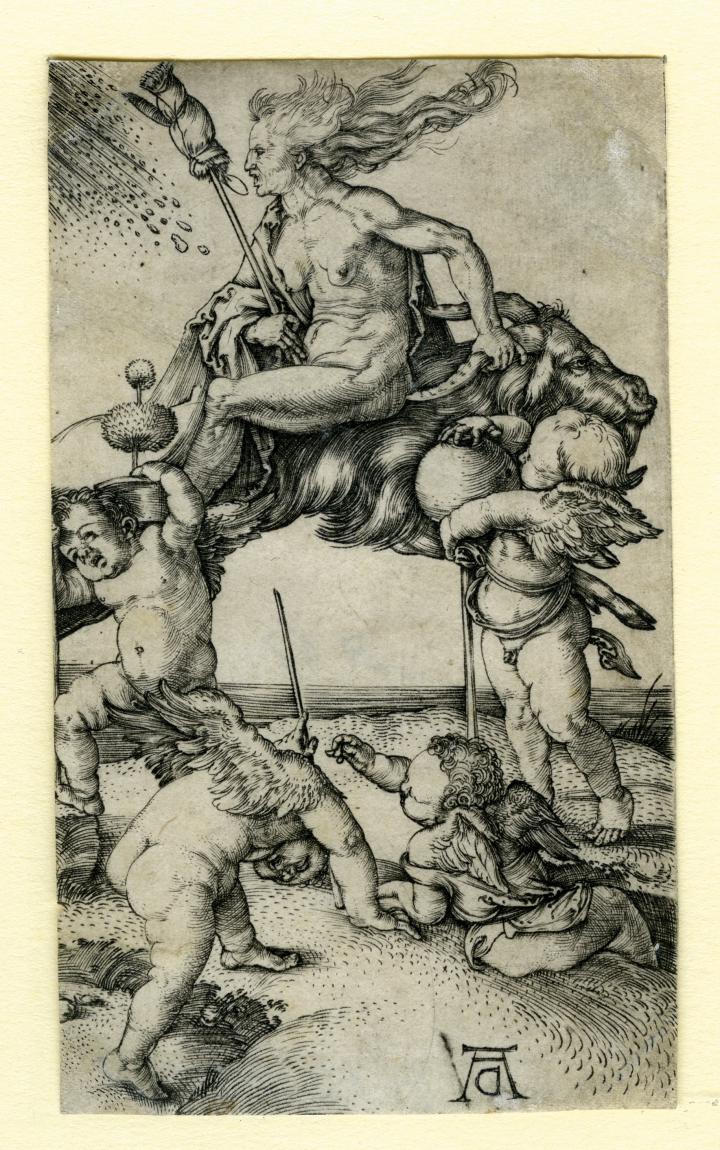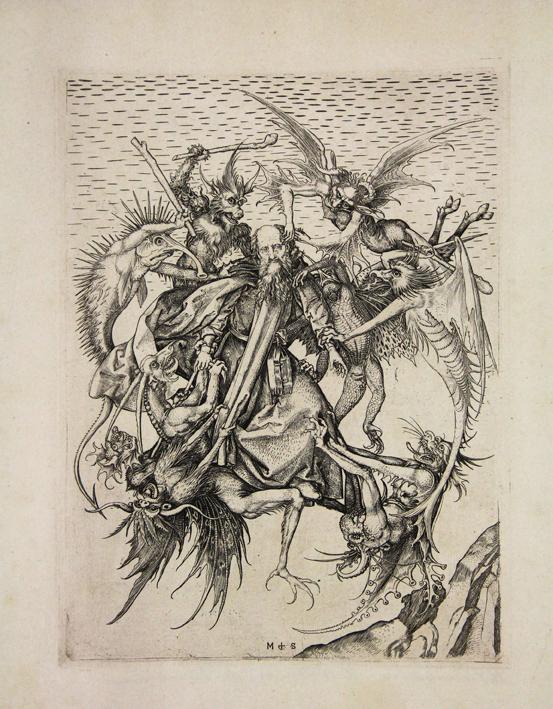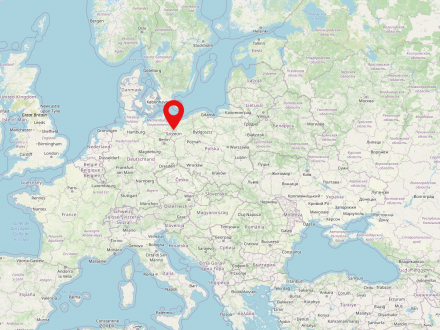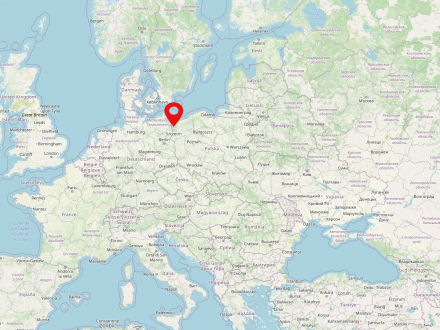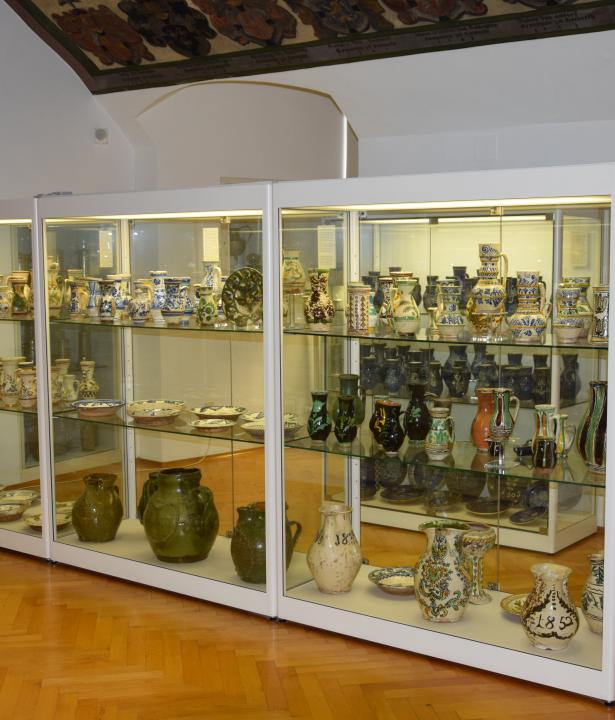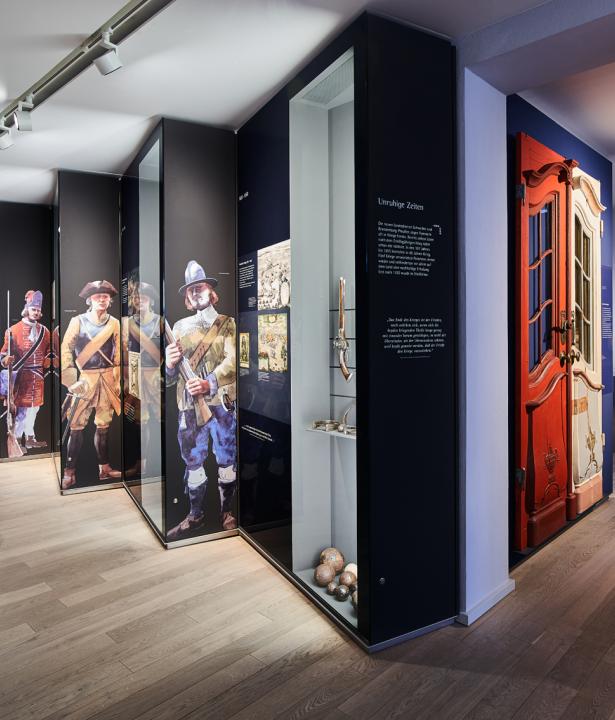The city provided real estate and municipal collections, while the university contributed its most valuable art treasures. The federal government and the state of Mecklenburg-Western Pomerania also came on board, providing strong support for the project.
But it quickly became obvious to those involved that, given Pomerania's eventful history, a "Pomeranian State Museum" could only operate in close cooperation with Polish and Scandinavian institutions. For this reason, a scientific advisory board including representatives from
Poland is a state in Central Eastern Europe and is home to approximately 38 million people. The country is the sixth largest member state of the European Union. The capital and biggest city of Poland is Warsaw. Poland is made up of 16 voivodships. The largest river in the country is the Vistula (Polish: Wisła).
The first section to open was the painting gallery in 2000. On June 4, 2005, the entire facility, consisting of 6 indoor spaces and 4 outdoor facilities, was then opened to the public. At that time, the first section of the permanent exhibition on regional history was opened, including an exhibition on the history of the earth, from prehistory and early history to the Renaissance. The second section, from the Thirty Years' War to the eve of the First World War, followed on June 9, 2010. The permanent exhibition on regional history was finally completed with the opening of the exhibition section on 20th-century Pomerania on April 1, 2021.
The most important collections of the Pomeranian State Museum are the Szczecin collection of paintings and graphics (Pomerania Kiel Foundation) and the holdings of the Greifswald City Museum, supplemented by loans from various partners.










Szczecin (German: Stettin) is a large city in northwestern Poland inhabited by nearly 403,000 people and the capital of the West Pomeranian Voivodeship (Polish: Zachodnio-Pomorskie). Szczecin is located on the Szczecin Lagoon and borders the German states of Mecklenburg-Vorpommern and Brandenburg. The city was part of Prussia for several centuries.
Pomerania is a region in northeastern Germany (Vorpommern) and northwestern Poland (Hinterpommern/Pomorze Tylne). The name is derived from the West Slavic 'by the sea' - 'po more/morze'. After the Thirty Years' War (Peace of Westphalia in 1648), Western Pomerania initially became Swedish, and Western Pomerania fell to Brandenburg, which was able to acquire further parts of Western Pomerania in 1720. It was not until 1815 that the entire region belonged to the Kingdom of Prussia as the Province of Pomerania. The province existed until the end of World War II, its capital was Szczecin (today Polish: Stettin).
In 1913, the new museum building on Hakenterrasse was opened.
Heinrich Dohrn the Younger (1838-1913), who came from a family of Szczecin factory owners and was an enthusiastic promoter of art and science, was the main source of inspiration. Through the mediation of the Dohrn family, Walter Riezler (1878-1965) also found his way to Szczecin, where he was appointed the first director of the art collections in 1910. He gave the holdings an elevated profile and purchased modernist works – sometimes in the face of considerable resistance.
In 1945, with the threat of war damage looming, about 200 paintings and some of the graphic art were transported in two railroad cars to Coburg, the hometown of the then mayor of Szczecin. Under the direction of the city librarian Wilhelm Eggebrecht, the transport began on March 21.
Eggebrecht reports: "Fueled by worry and fear, I rushed the short distance to the scene of the disaster: a great hole had been torn through the wall just behind which my paintings were lined up ... My first glance into the classroom revealed mountains of mortar and lime – the pictures were covered with it ..."
The Szczecin museum property was moved by the American military administration to Tambach Castle near Coburg for security reasons. After the end of the war, the pictures made their way to Munich via a "collection point" in Wiesbaden In 1956, the city of Coburg took over the care of the gradually reunited paintings, which were presented in the rooms of the art collections of the Veste Coburg from 1962.
At the end of 1970, the paintings and the graphic collection were relocated to Kiel. Six months later, the picture gallery was opened in the Rantzau Building at Kiel Castle.
The president of the Prussian Cultural Heritage Foundation, Hans Georg Wormit, said at the opening on June 6, 1971: "Believe me – deciding on the location of such an ensemble is one of the most difficult decisions that responsible people ... ever faced. Who wants the job of foreseeing the future development of such a stock? ... So we should wish this collection in particular, which has long been homeless ... a beautiful future – a future that lies not only in preservation, but in further development."
With the support of the Federal Republic, the state of Mecklenburg-Vorpommern, the Hanseatic City of Greifswald, the Ernst Moritz Arndt University, the Pomeranian Foundation and the Pommersche Landsmannschaft - Zentralverband e.V., the Pomeranian State Museum was established, the first part of which was the opening of the painting gallery in the Quistorp building.
In December 1999, the paintings were transferred from Kiel to Greifswald and united with holdings of the Museum of the Hanseatic City of Greifswald and the University. Thus, the paintings returned to Pomerania and, for the second time in their odyssey, to Greifswald, which they had already passed once during the daring rail journey from Szczecin to Coburg.












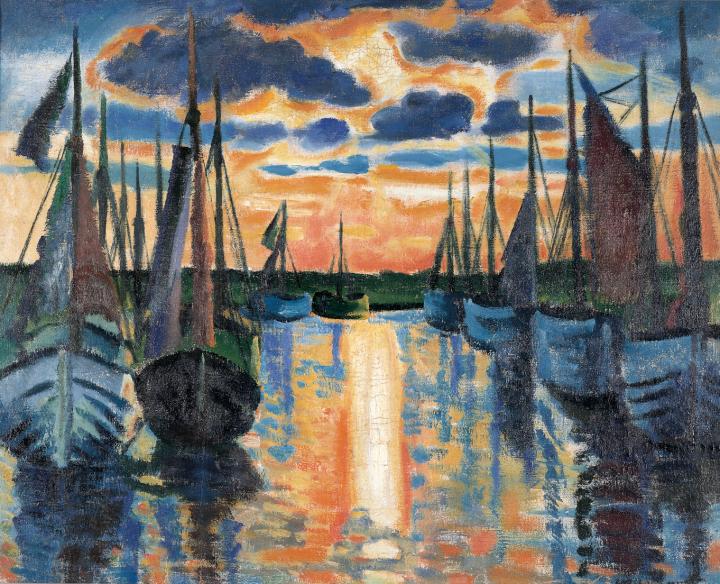

Since 1991, the range of exhibitions has been significantly expanded through new partners such as the Pomeranian Foundation in Kiel, the Ostdeutsche Galerie Regensburg, the Institut Nordostdeutsches Kulturwerk in Lüneburg and the Kulturamt, the Kulturgeschichtliches Museum and the Galerie Neunte Kunst in Osnabrück, as well as through contacts with the Swedish and Polish neighbors. Among the numerous exhibitions that could be shown with the help of the Pomerania Foundation, special mention should be made of the presentation "Old Graphic Art from the Museum of the City of Szczecin 1440-1940" (1998). This first "reunion" of the collection, which had been torn apart since the end of the war in 1945, gave a foretaste of the expected dimensions of future exhibitions of the Landesmuseum with graphic sheets from Albrecht Dürer to Rembrandt to Runge. With the retrospective "70 Years of the Greifswald Museum", the Museum of the Hanseatic City of Greifswald said goodbye to its exhibition activities in order to merge with its collection into the Pomeranian State Museum from the year 2000 and to enrich it for a future audience.
